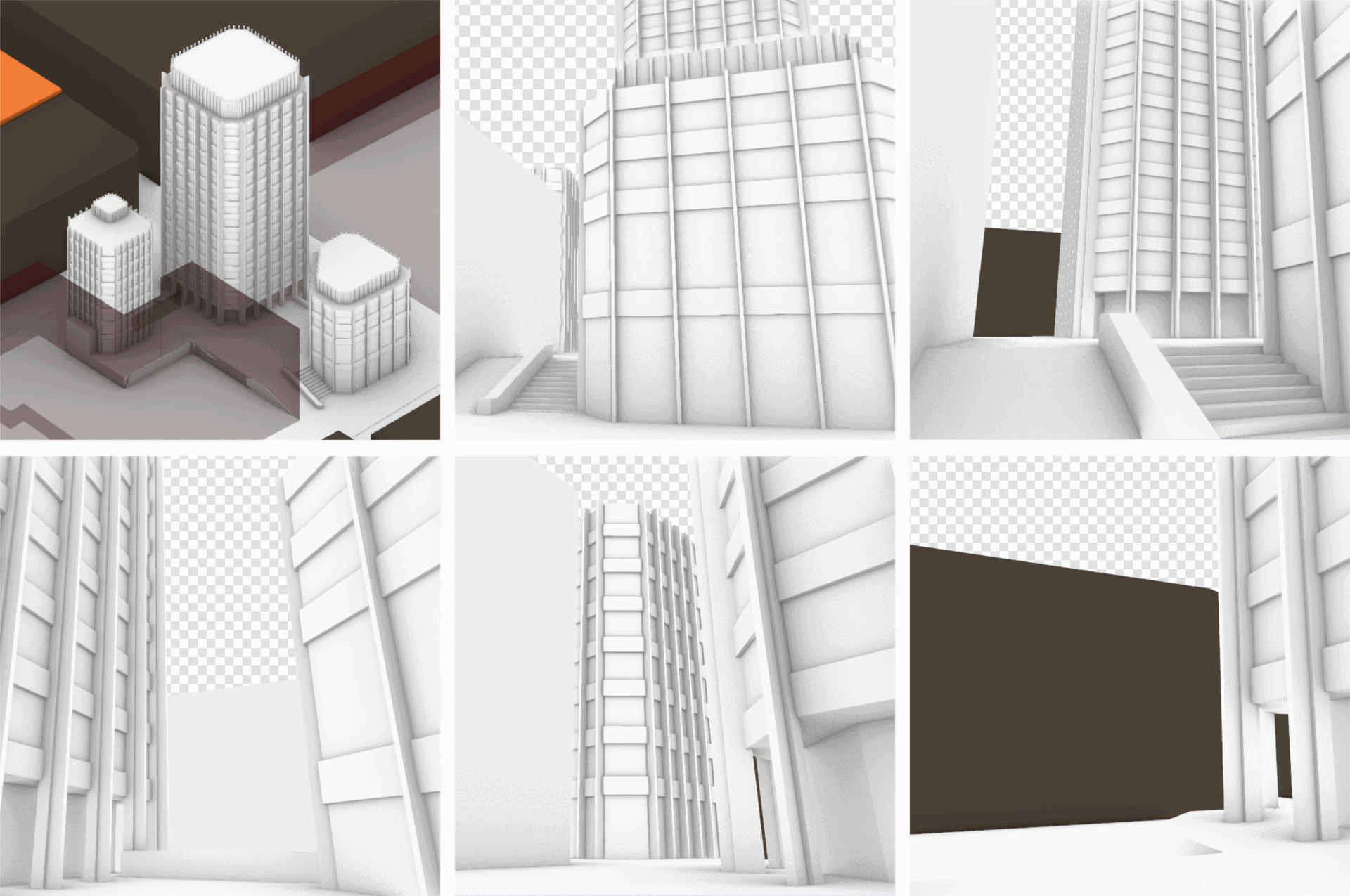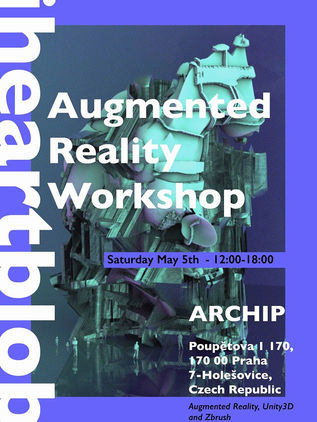Educational Workshops
Workshops conducted on AR, architecture, design and new technologies
“Remix Reality: Sample. Transform. Generate.”, Seoul National University
Remix Reality: Sample. Transform. Generate was a hands-on workshop where students collaborated to create a 3D immersive collage representing their group’s identity. Using tools like Scaniverse, AI generators like Luma AI, and Gravity Sketch, they scanned objects, designed abstract models, and assembled them into a cohesive digital artwork. The final pieces were brought to life in Augmented Reality (AR), adding interactivity and showcasing their creations in a shared immersive experience.
2024


Student Work by:
Seongha, Young Yun, Jung Ah Lee, Hwi, Wooseok, Solmon, Minju, Ryuniss, Seongil Choi, Hajin Shin, Yunju Baek, Je Sung Lee, Young Eun Kim, Hwahyun Shim, Dong Gun Kim.
“Liminal Spaces”, B-Pro
Liminal Spaces explores the intricate relationship between generative non-fungible tokens (NFTs) and the formal aesthetic ambitions of architecture. In this workshop, we delved into the core architectural properties of canonical projects, dissecting and determining their fundamental elements. By juxtaposing these traditional architectural principles with uniquely digital traits, we designed an innovative form of architecture that exists neither purely in the physical realm nor solely in the digital domain, but rather in a transformative space in between.
2021

Student work by Jill, Zhangxiangyu, Stian Sun, Dayong Zhang
“Phygital Realities: Mixed Reality Environments for Architects”, Inclusive futures
Mixed Realities ability to conjure ephemeral space at real-time with impactful presence at an urban scale, architecture and architects, might for once get a foot ahead of technology. Architecture might become fast. The expertise of the architect as an image maker and space generator allows architecture to proceed technology and outline their demands. This workshop speculates on the future of architecture as a profession, questioning its existence within the realm of hybrid spatial realities. Throughout, you will investigate the overlaps between architecture, art, media and content, by developing an urban mixed reality experience for a defined user/user group. Each group will be given a IRL site in which to design their own digital environment which interacts, overlaps, dissolves or integrates with the site. Working throughout, in first-person we will design and implement core interaction systems, scripted using c#, akin to a mobile mixed reality experience. Lastly we will take our projects and visualise them in augmented reality utilising the powerful image tracking and plane tracking capabilities of Wikitude in Unity3D.
The main tools throughout the workshop will be Unity3D and Cinema4D, however, you may use a 3D modelling software you feel most comfortable with and we will try accommodate the very basics of texturing, exporting and importing 3D models. We will take full advantage of the first-person controller possibilities within unity as a way in which we can prototype and test mixed-reality experiences. The core aim of the workshop is to transfer skills which allow you to question the potentials of a mixed-reality architecture by beginning to outline your own criteria for value and defining guidelines for your own mixed reality architecture.
2021


“Augmented Objects 2.0”, CAAD Futures
This workshop will be divided into two sessions. First will focus on creation of the object(modelling + animation) and second will be devoted to AR deployment.For the object modelling we will use Zbrush or Cinema4d(depending on interest), where we will go through main modelling/simulation techniques and going though import/export processes.For the AR part, we will go though main setups of SparkAR, and how create materials and animations, and how to deploy experience to a smartphone.
2021

“Immersive Objects”, STORE - link
This workshop explored ways for 3D modelling in ZBrush and augmented this object in AR using SparkAR platform. Students learnt the basics of Zbrush to digitally sculpt their own immersive object using different poly modelling techniques. Learning how to UV map their object and apply different materials, with the aim of painting different patterns onto it. In the last lessons, after their designed geometry was 3D printed and delivered to their homes, they learnt how to set up an Augmented Reality experience using SparkAR and deploy it to their smartphones and visualise their immersive object.
2021

“Unity+AR Foundation” Live Academy 101 - link
This Live Academy 101* course focuses on a workflow to present an architecture design in Augmented Reality (AR) in 1-hour. The key software used are Unity and AR Foundation. The course begins with the basics - for someone who has never used Unity it covers the key components of the user interface explaining how and why the software is used within an architectural context. The course then shows you how to import your own 3D architecture model, apply materials & textures, and adjust the scene’s lighting. The course then moves into more advanced features of Unity that differentiate this design platform from typical architecture modelling tools. You will learn how to create a custom User Interface (UI) for your app and how to implement custom C# scripts, even without a coding background or knowledge. A particular emphasis will be put on how to trigger animations and effects that are based on the interaction between a user of your app and your 3D architecture model. Finally, having prepared our 3D Model and UI we will use AR Foundation to attach your digital model to a physical image and then render this in Augmented Reality using your smartphone!
2020

“Augmented Reality for Architects”, Architectural Institute in Prague (ARCHIP)

An AR introductory workshop was conducted, focusing on utilizing Unity to integrate AR workflows for presenting architectural objects. The workshop included instruction on ZBrush for modeling and animation within Unity, as well as deploying these creations onto phones for viewing via image tracking.
2017

























